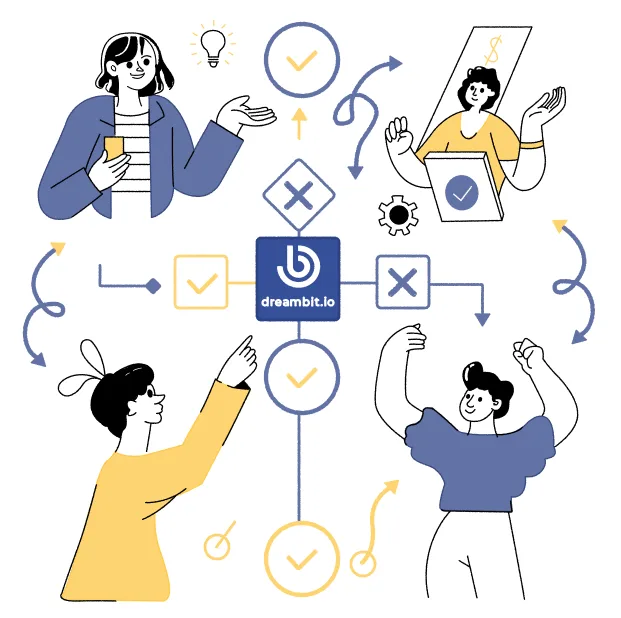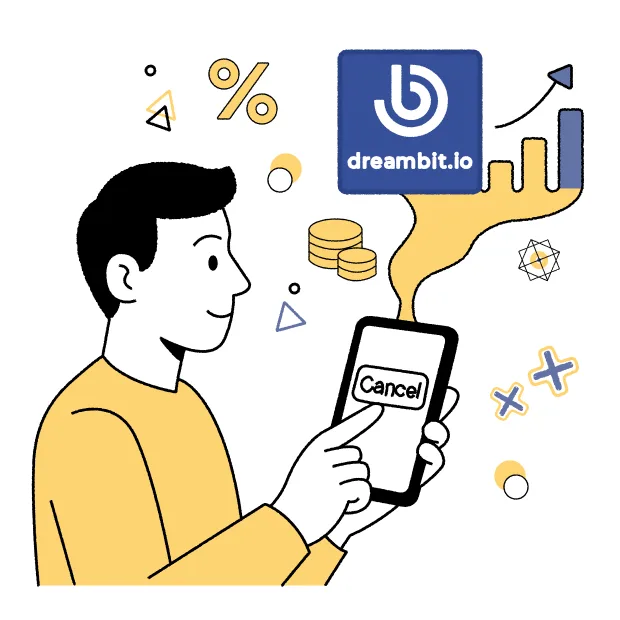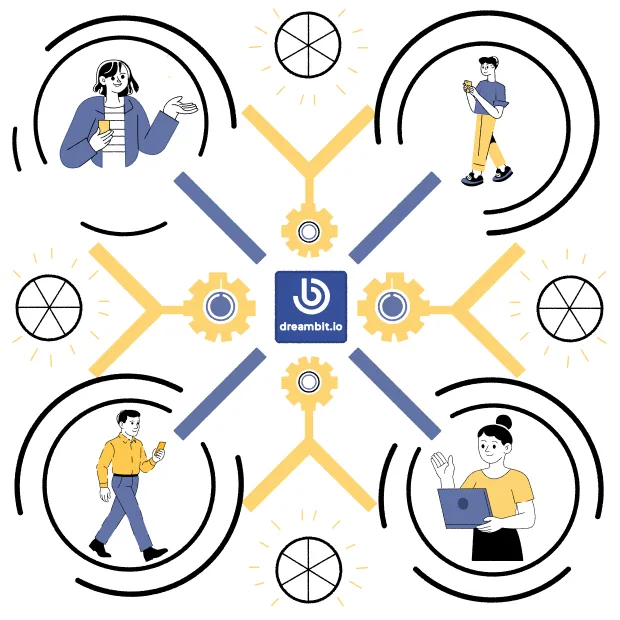We at Dreambit have assisted various teams in successfully adopting Flutter — and have witnessed firsthand how proper execution makes all the difference.
Here’s our tried and tested methodology to use Flutter in an enterprise setup:
❓ Why Flutter?
Flutter lets you write once and ship to all major platforms: iOS, Android, Web, and Desktop. It’s efficient, cost-effective, and perfect for cross-platform products. Flutter apps increased by 74% in 2023 — and today, it’s one of our most beloved developer tools.
☑️ Step 1: Evaluate Readiness
Your team must be familiar with OOP, reactive UI concepts, and ready to learn Dart. React/React Native developers learn most quickly.
Step 2: Align with Product Goals
Flutter is ideal when you require speed to market, predictable UX, and don’t wish to hold more than one native codebase.
Step 3: Begin with a Pilot
Release a minimal internal product or MVP. Monitor speed, product quality, and developer critiques before expanding further.
Step 4: Establish Internal Specialist Capabilities
Establish a Flutter hub in your organization. Standardize architecture. Invest in training. It pays off in the long term.
Step 5: Scale Gradually
Once your team is ready, begin developing new projects in Flutter and rewrite existing ones in stages. You can even use Flutter modules to integrate with native applications.
🛠️ Technical Tips:
Use clean architecture, Riverpod or BLoC state management, and CI/CD for reliability. API planning and testing need to be done in advance.
📉 Common pitfalls to avoid:
Be wary of app size, limitations in native plugin usage, and dependency mess. A good setup sidesteps all three.
📊 How to Measure Success:
Shorter time to market, lower dev costs, improved UX, and more satisfied developers. Most of our clients save 30–40% by moving to Flutter.






